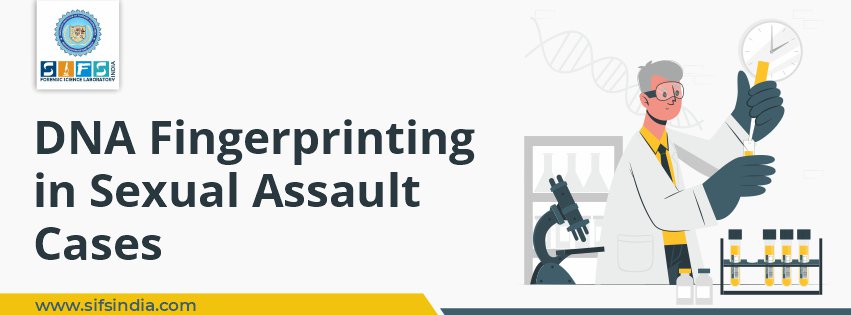Rape is generally defined as unlawful sexual intercourse by a man with a woman against her will, without her consent or with her consent when it has been obtained by unlawful means.
For example: fraud, putting her in fear of death or hurt, drugging.
It is a serious crime and it is treated as an assault in most countries with a common law system. It is a heinous crime and is a major problem for society.
Mainly in India rape cases go under reported and in those cases which are reported due to lack of evidence the victim doesn’t get justice.
This type of situation occurs in such types of crimes because there is less possibility of the presence of witnesses in courts and the witness may not be loyal due to threat or any other reason.
So in such a case, the witness may lie but the physical evidence found from the crime scene is reliable. Mainly physical evidence is any object that can establish that a crime has been committed and can establish a link between a suspect and the victim of the crime with each other.
As we know every contact leaves a trace, so in sexual assault cases the perpetrator must leave some biological evidence at the crime scene or the body of the victim.
This evidence mainly plays an important role to reconstruct the crime scene. Mainly in rape cases due to the disclosure, late reporting, and prosecution, the biological evidence sometimes is the only way to prove the occurrence of sexual contact and to identify the perpetrator.
In such cases, DNA fingerprinting plays an important role to find out the culprit and give justice to the victim of that case and it helps to maintain the trust of the people in the judiciary.
DNA Profiling in Sexual Assault Cases
DNA profiling in criminal investigation is a forensic technique for comparing a suspect’s DNA profile with the DNA profile that is found at the crime scene to assess their involvement in that crime.
Mainly DNA is the backbone to solve this kind of criminal case. It is valuable evidence for the investigation authorities to show transparency and accuracy to provide justice.
DNA (deoxyribonucleic acid) is mainly found in body organs like hairs, skin colour and eyes.
The major reason for using DNA testing in such cases cause is that the DNA present in one person is different from the other person, except in the case of identical twins.
In sexual assault cases mainly the trained investigators locate where the rape is alleged to have happened and from where the sample can be traced.
DNA is mainly collected from saliva, urine, blood, skin tissues, semen and sweat.
So the victim has to avoid bathing, cleaning fingernails or urination until the sexual assault forensic examinations have taken place.
Mainly DNA samples are collected from the clothing of the victim but collecting DNA from the victim’s body is higher than any other evidence.
But there is a significant shortcoming that many jurisdictions require the collection of evidence within three days of the assault.
After this, it may be difficult to identify a DNA profile of the male suspect. In sexual assault cases, the sperm cells are found in the female reproductive tract for about 7 days or more after ejaculation.
So in such type of cases where it is difficult to collect the DNA sample from the crime scene or due to the delayed reporting, using new technologies may make it possible to collect samples for as long as five to six days after a sexual assault still do viable analysis.
A DNA profile consists of regions of variable repeated DNA sequences.
The short sequence of DNA that is repeated a number of times are called short tandem repeats (STRs).
These repeats generally vary from person to person except in the case of identical twins. Due to the development of STR analysis, it is easy to distinguish between two different DNA profiles by evaluating these regions.

 November 28, 2021 - BY SIFS India
November 28, 2021 - BY SIFS India